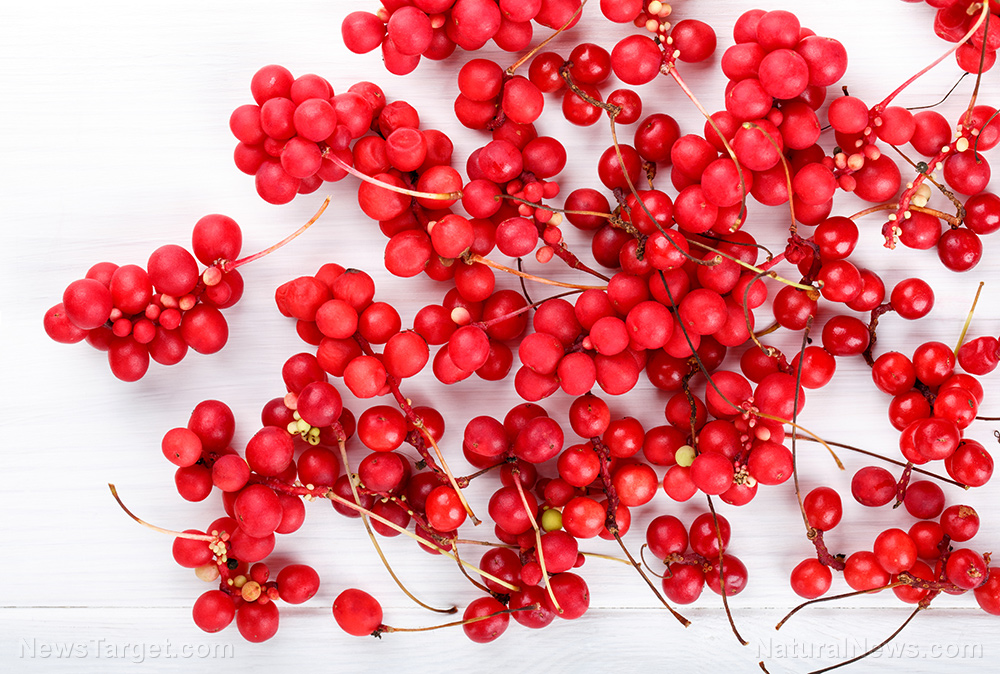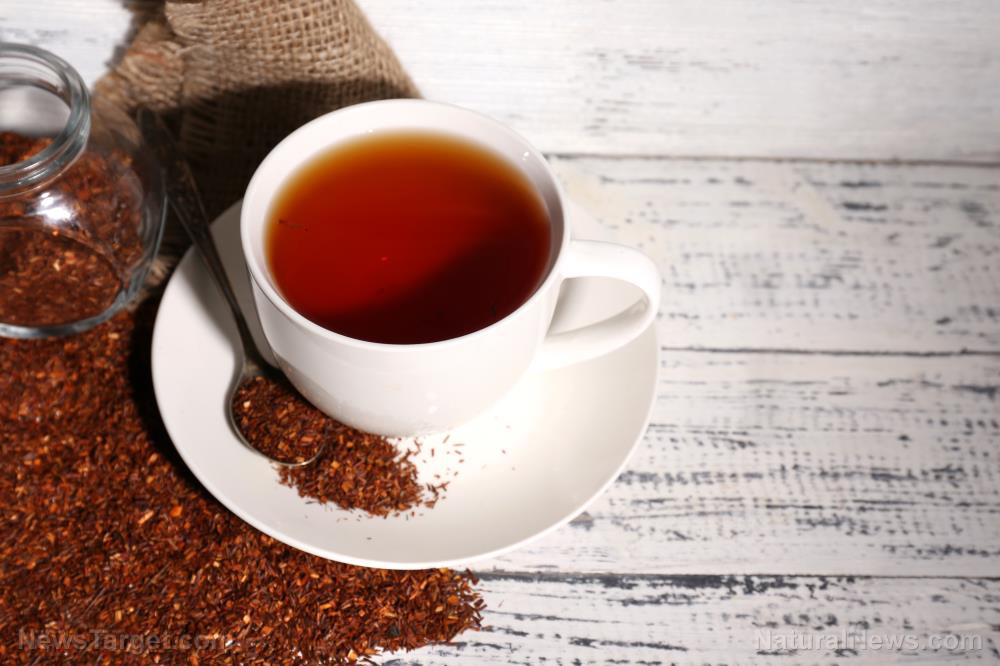Carvacrol, a compound found in oregano, exhibits powerful antimicrobial properties
04/23/2019 / By Evangelyn Rodriguez

Essential oils are commonly used today for aromatherapy. It is a form of alternative medicine that is used to treat mild ailments and improve a person’s emotional well-being. Aside from being aromatic, essential oils also contain compounds that possess antimicrobial properties. One such example is carvacrol, a volatile chemical that can be found in oregano, thyme, pepperwort, and wild bergamot. In a study published in the Journal of Essential Oil Research, researchers from Mexico examined the antimicrobial activity of compounds derived from essential oils. They found that carvacrol is particularly potent against a multi-drug resistant (MDR) pathogen Acinetobacter baumannii which usually causes hospital-derived infections.
Low dosages of carvacrol kill A. baumannii
To test their strength against different pathogens, the researchers used gaseous contact assay to determine the minimum inhibitory dose (MID) of the tested compounds. The MID is the lowest concentration of each compound capable of preventing the growth of bacteria. They also isolated different strains of A. baumannii, a nosocomial (hospital-derived) pathogen known to infect people with weak immune systems, from different specimens. They then used microdilution assay to make a profile of the pathogens based on their drug resistance and identified the genes associated with them using a method called polymerase chain reaction (PCR). Crystal violet assay, a method for visualizing cells that makes use of a dye to stain DNA, helped them confirm the formation of biofilm, which is proof of surface attachment of microorganism.
When tested against different strains of A. baumannii, carvacrol exhibited high potency with MIDs lower than what it needed to kill other nosocomial MDR pathogens. The three strains of A. baumannii each had very high drug resistance profiles and showed variable biofilm production. These findings suggest that carvacrol may be used clinically to treat illnesses caused by nosocomial MDR bacteria like A. baumannii. (Related: Scientific study reveals Mexican mint essential oil can treat antibiotic-resistant bacteria.)
Other benefits of carvacrol
Carvacrol is the most abundant phenol in oregano oil. It is extensively studied due to its wide range of clinical applications. Here are some of the properties that make it very useful.
- Antimicrobial: Carvacrol is effective against food-borne pathogens like Escherichia coli, Salmonella, and Bacillus cereus. Its antimicrobial activity can be attributed to its ability to affect the structural and functional properties of cell membranes. Other studies have also shown that it is effective against Campylobacter jejuni, which causes diarrhea, and Listeria monocytogenes, which causes listeriosis.
- Antifungal: Carvacrol can be used to treat fungal infections. It is particularly effective against Candida, the most common cause of yeast infections in the mouth and vagina. In vitro studies have found carvacrol to be an effective treatment for oral candidiasis (thrush) and denture stomatitis (inflammation of the oral mucous membrane).
- Antioxidant: Carvacrol can be an alternative to synthetic antioxidants. Synthetic antioxidants are added to food to preserve them and prevent rancidity. Studies have shown that carvacrol can provide protection to food by inhibiting the formation of oxidative compounds which contribute to the deterioration of food.
- Anticancer: Carvacrol has also been tested for its effect on cancer cells. Some studies have used it on lung, liver and breast cancer cells, and it has shown promising results. In a study published in the journal Cytotechnology, researchers discovered that high concentrations of carvacrol can kill lung cancer cells. It also caused irregularities in their cell shape and decreased their protein content. These findings suggest that carvacrol can induce cell death in lung cancer cells.
Naturopathy.news has the latest information about natural cures and more.
Sources include:
Tagged Under: alternative medicine, antibacterial, Antimicrobial, bacteria, bacterial infection, carvacrol, essential oils, food borne pathogens, herbal medicine, Herbs, multi-drug resistant bacteria, natural cures, natural medicine, nosocomial pathogens, remedies, research, superbugs



















